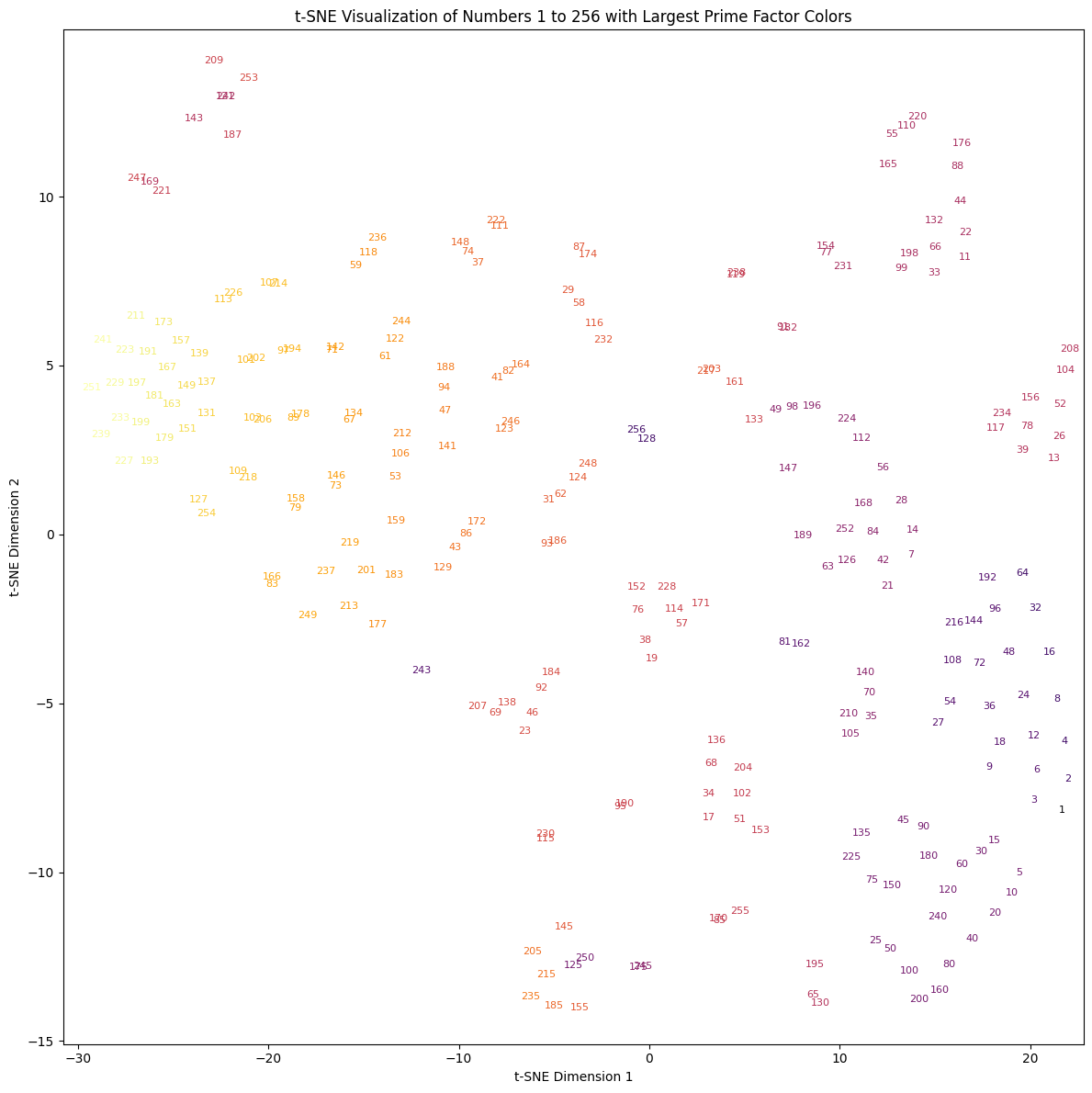As indicated by @MartinSleziak the function
$$f(x,y):=\frac{xy}{\gcd(x,y)^2} = \frac{\operatorname{lcm}(x,y)}{\gcd(x,y)}$$
has interesting properties for example as indicated in this question about the abc conjecture:
$$k(x,y):=1/f(x,y) = \frac{\gcd(x,y)^2}{xy}$$
is a positive definite kernel over the natural numbers.
(This can be seen directly by mapping the natural numbers into the Hilbert space of series as is being done in this question :
Let $e_d$ be the $d$-th standard-basis vector in the Hilbert space $H=l_2(\mathbb{N})$.
Let $h(n) = J_2(n)$ be the second Jordan totient function, defined by:
$$J_2(n) = n^2 \prod_{p|n}(1-1/p^2).$$
Define:
$$\phi(n) = \frac{1}{n} \sum_{d|n}\sqrt{h(d)} e_d.$$
Then we have:
$$ \left < \phi(a),\phi(b) \right > = \frac{\gcd(a,b)^2}{ab}=:k(a,b).)$$
Another usage of the function $f$ that you indicate is to make the unitary divisors into a boolean ring:
Let $n$ be a natural number, $U_n := \{ d \mid d \text{ divides } n, \gcd(d,n/d)=1\}$ be the set of unitary divisors.
We can make $U_n$ into a boolean ring:
$$a \oplus b := \frac{ab}{\gcd(a,b)^2} = \frac{\operatorname{lcm}(a,b)}{\gcd(a,b)}$$
and
$$a \otimes b := \gcd(a,b).$$
Yet another nice proof, that the function $k$ is positive definite over the natural number, comes from Rodrigo's answer to Trigonometry / Euclidean Geometry for natural numbers?.
I have used this kernel to define the simplicity of ratio in music consonance:
Measuring Note Similarity With Positive Definite Kernels
and generate algorithmic music based on this (Sound of the nearest neighbors).
Another usage of this or related kernel is to generate formulas for the circle number $\pi$ as is being indicated here:
Some Formulas For Pi.

